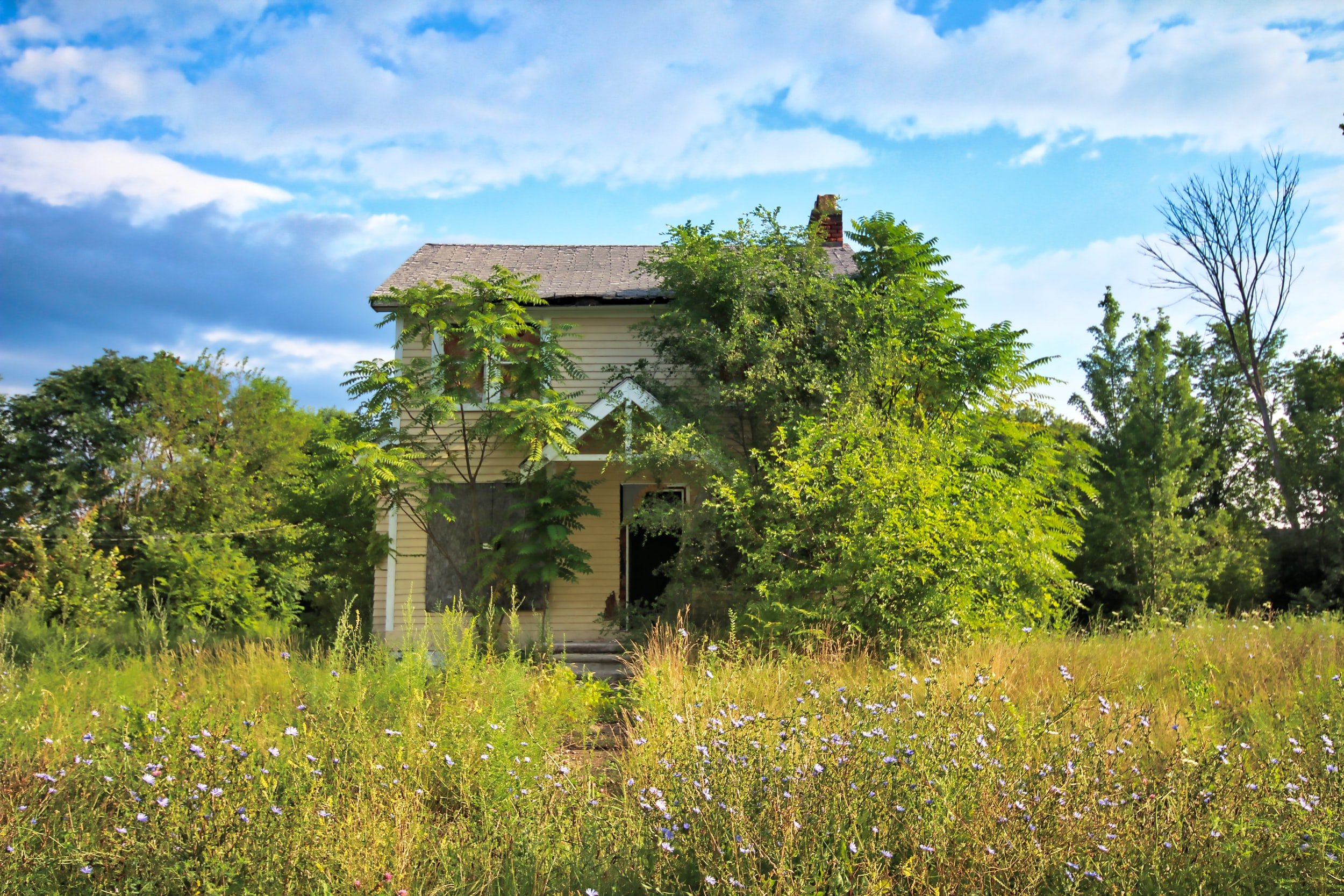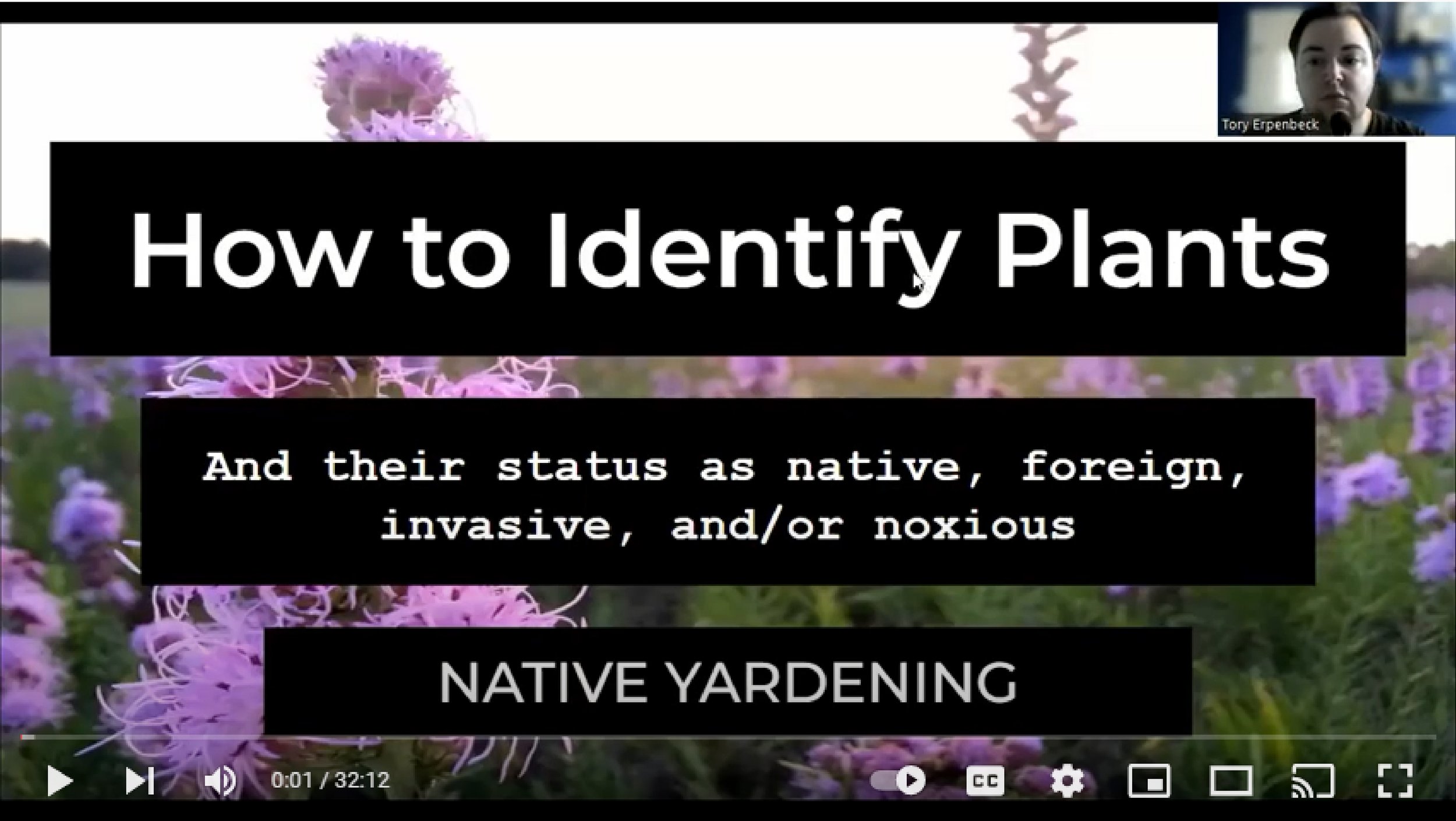How to Grow a Native Garden on a Budget
If you’ve recently learned about the importance of native plants, changing up your whole garden can get expensive.
Native plants can also be hard to find for sale, especially if you don’t want cultivars or your only local garden centers are large chain stores.
But don’t worry, it’s totally possible to help the planet with a native garden without spending much money at all.
Step 1: Identify Plants in Your Yard
The first step to any regenerative garden is knowing what plants are growing. You’ll need to identify all the species in your yard, especially ones growing wild.
This might sound overwhelming, but there are tons of tools to help you out. Apps, websites, social media, and books can help you identify plant species.
iNaturalist is a website that allows you to upload photos and locations of found plants and animals to crowdsource scientific data. The site’s technology will analyze your photo and give you a suggestion as to what species it is. Then members of the community will provide their input to confirm or change the identification.
PictureThis is an app for quickly and easily identifying plants. It works by matching photos you take with your phone to their database of over 10,000 species. I use this app personally and find it pretty reliable. However, it tends to be less accurate with especially young or newly emerging plants.
Social media can also be helpful if you’re in groups or communities centered around plants. If you’re struggling to figure out the name of a plant growing in your yard, an easy solution can be posting a photo and asking if anyone knows what it is.
If you’re a book collector like I am, or want to dive deeper into plant identification, here are some books* I would recommend. These are mostly centered around North America.
Nature's Garden for Victory and Peace by George Washington Carver (Free/public domain)
Watch my tutorial on how to identify plants
Step 2: Remove Invasive Plants
Invasive plants displace and outcompete native plants. The USDA defines an invasive plant as “A plant that is both non-native and able to establish on many sites, grow quickly, and spread to the point of disrupting plant communities or ecosystems.” It’s essential to remove any invasive species from your yard.
Do some research on each species you identified growing in your yard in step one. A quick search of “(X species) invasive” and “(X species) native range” will tell you if the plant is invasive, foreign, or native to your area.
Remember that a plant can be foreign but not invasive. However, native plants will always have the best ecological performance, so you may choose to remove foreign plants also.
If you find that invasive plants are growing in your yard, look up the best ways to remove that species. I would not recommend using herbicides - this will only damage the soil, decrease the health of surrounding plants, and harm local wildlife.
Instead, look into non-chemical options like pulling, chopping, mowing, or prescribed burns. The best solution will depend on the individual species. Some of these options may remove one species but cause another to spread.
Many invasive species also thrive in disturbed soil with high nitrates and low organic matter. Some ways to improve soil health include avoiding synthetic chemicals including fertilizers, adding compost and/or compost extract, not tilling or turning, using the “chop and drop” method, and mulching.
For a more in-depth guide on regenerative gardening practices, check out our Best Practices for Regenerative Gardening e-book.
Step 3: Let the Volunteer Plants in
Letting volunteer plants move in is one way to grow a native garden for free. A volunteer plant is “a plant that grows on its own, rather than being deliberately planted by a farmer or gardener.”
More than likely, some of the wild plants you identified in your yard were actually native. And even if you didn’t find any native plants, removing invasives and taking care of the soil will ensure they show up eventually.
You can transplant volunteer plants by digging them up from the root and planting them elsewhere if you’re not satisfied with where they’re growing.
This might not result in your “dream garden” since you won’t be choosing the plants that volunteer themselves, but the local wildlife and your water bill will thank you.
It will allow you to have a proper pollinator garden while you try to source native plants or buy them a few at a time.
Step 4: Grow Native Plants from Seed
Seeds are significantly cheaper than established plants. Many communities even share seeds for free. This is known as “seed sovereignty” or the reclamation of seeds as “common or public goods.” You can also harvest seeds from volunteer plants to spread around your yard.
It’s important to research how the species of seed you’re sowing germinates. Many North American native plants require a cold stratification period before the seeds will grow.
This can be done by putting seeds in a wet paper towel in a Ziploc bag and placing it in your refrigerator, or by simply sowing seeds outdoors in the fall where they’ll cold stratify over winter.
I would not recommend buying most “wildflower seed mixes” that can be found commercially. They often include non-native seeds along with native seeds. They also contain species with different germination requirements and don’t clearly instruct the consumer on how to successfully grow them.
Of course, if the mix is from a reputable source that specializes in native plants, or if you’re willing to do some research on your own, these mixes can be used.
Instead, I would recommend buying seeds of specific species that you like and know will grow in the sun and water conditions of your yard.
Below are some online sources for buying North American native plant seeds:
When we work with nature instead of against it, the results can be amazing. You don’t need to spend a ton of money to restore your yard into a healthy ecosystem.
= Affiliate link. This means I earn a commission if you purchase after clicking the link. It does not add any cost or steps for you, but it helps fund the blog.









